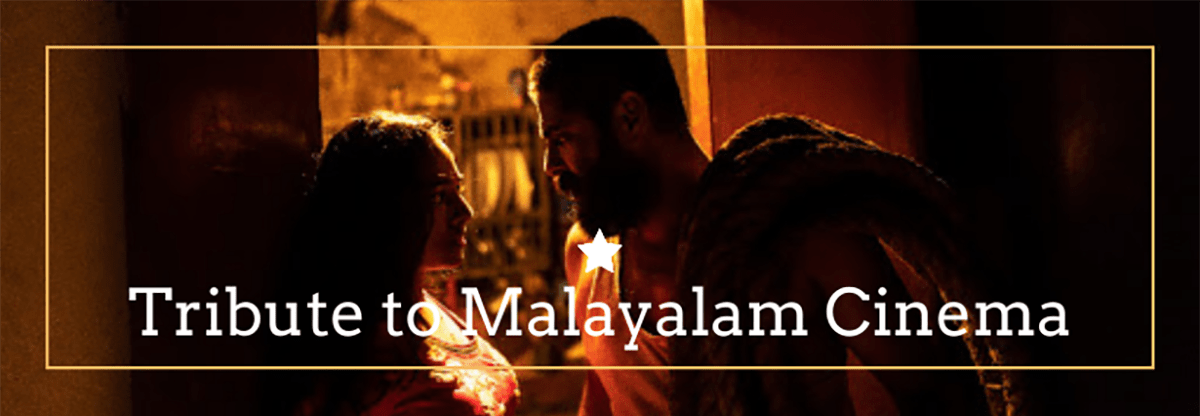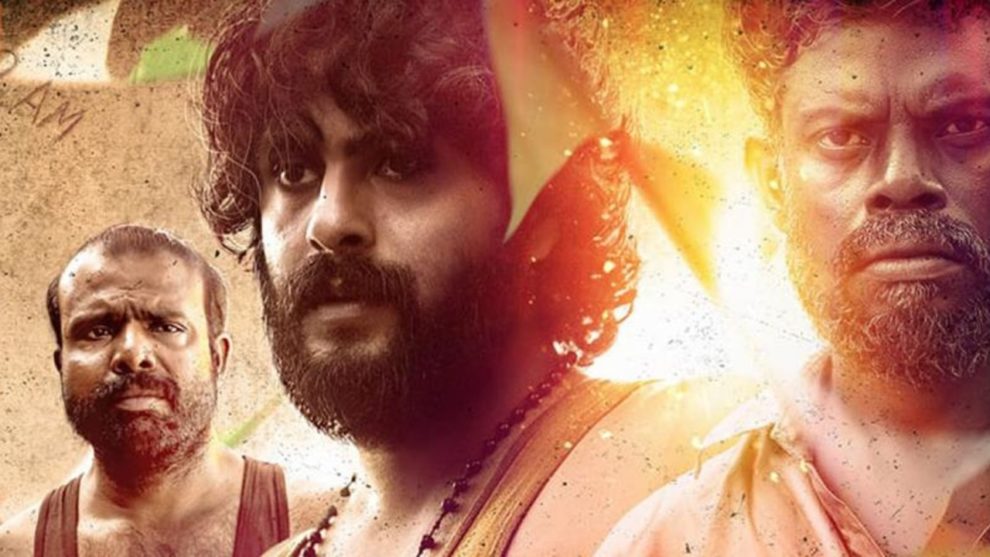Lijo Jose Pellissery seems to have created a school of cinema in Malayalam cinema, and who better to continue his legacy than his former assistant, Tinu Pappachan, who presented his debut with “Freedom at Midnight”, a movie his mentor co-produced alongside Chemban Vinod Jose.

The story follows the same labyrinth paths movies “Jallikattu” does, but the main premise revolves around Jacob, a manager at a big financial firm, who finds himself behind bars when he tries to save the woman he loves from the clutches of a corrupt police force. His efforts, however, end up with him in jail and Betty beaten up and in a hospital. While in prison, the whole truth about his situation is revealed, while he desperately tries to survive the guard's brutality and the inmates who want him dead, in order to survive and save Betty.
There are three key elements in Pellissery's cinematic style, which Pappachan implements fully here. The frantic rhythm, as dictated by the frequent cuts, the music and sound that accompany or even conclude the majority of the sequences, and the direction of many actors appearing simultaneously on screen, in a style that could be described as violent running or even dancing. It is easy to say that the combination is implemented ideally here, with the work done by Shameer Muhammed in the editing department, the music by Jakes Bejoy and Deepak Alexander, the sound design by Shijin Melvin Hutton and Renganaath Ravee and Pappachan's direction being of the highest caliber, frequently resulting in an audiovisual extravaganza, particularly during the many action scenes.
Furthermore, Girish Gangadharan's cinematography captures all the aforementioned in the best fashion, while the coloring compliments the music video aesthetics to perfection. Particularly the way a sense of claustrophobia is created inside the prison emerges as one of the best traits here. The scene with the fighting in the tunnel is the most impressive in that regard, and one of the most imposing overall. The fights in the prison yard, the many one-on-ones in the cells, the ones involving the police, which are particularly brutal, conclude this collection of rather memorable action sequences, which are essentially the ones dictating the overall aesthetics of the movie and the narrative.
When the film slows down, however, a number of its issues are revealed, since the story does not stand up to any kind of questioning, with the finale in particular being rather hyperbolic, while the reasoning of many of the characters' actions as much as the bigger case behind the “save the girl” one, border on the illogical. Some comments do derive, particularly regarding police brutality and corruption, which extends to “the capital” and the judicial, but again, their purpose seems to be to serve the action, instead of actually making any kind of serious remark.
Considering the pace of the movie, commenting on the acting is rather difficult, both due to the enormous amount of people appearing in the film and because the rather fast pace essentially only demands from them to deliver their lines as fast as possible. Anthony Varghese, however, definitely shines as Jacob, with Vinayakan as Simon, another prisoner, coming right next.
“Freedom at Midnight” is on a slightly lower level than “Jallikattu” but Pappachan seems to have grasped the lessons of his teacher fully, resulting in a film that is rather entertaining to watch, particularly for its audiovisual approach and the action scenes. His next work, titled “Ajagajantharam” is much awaited.















